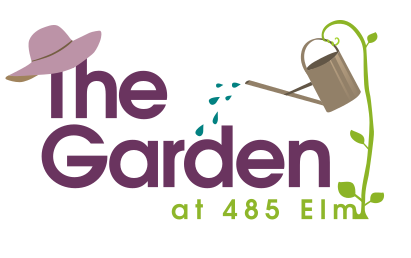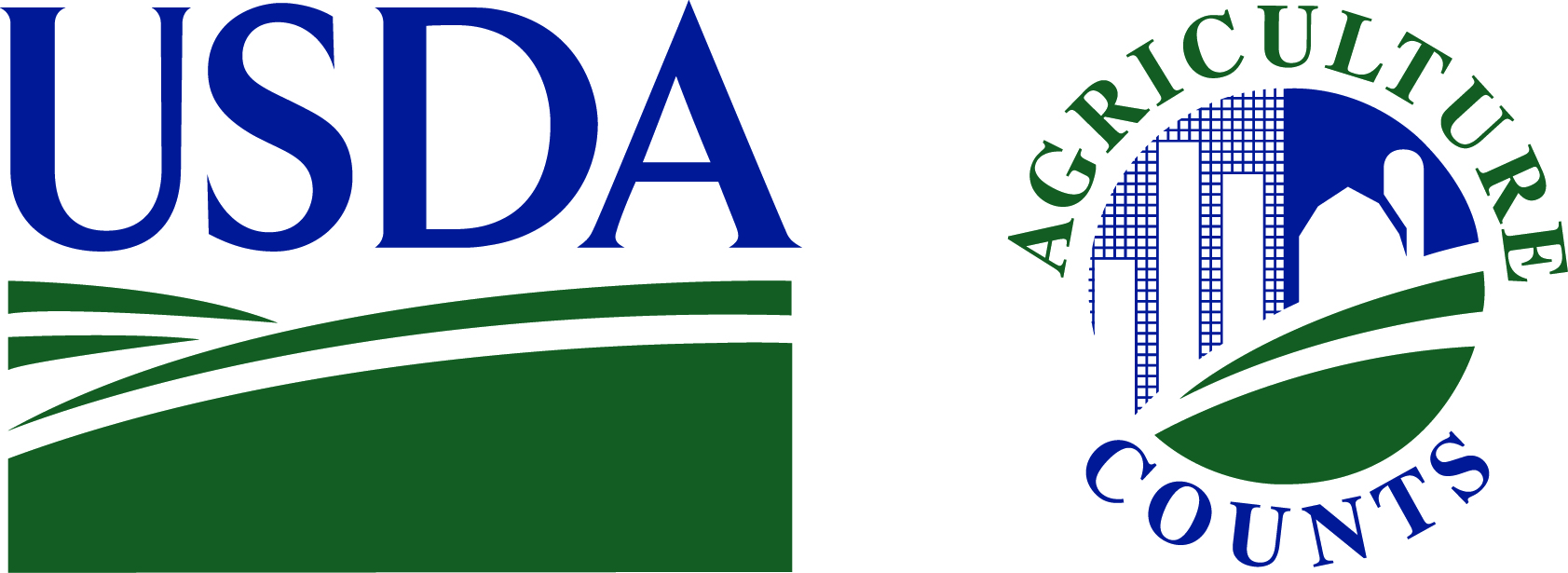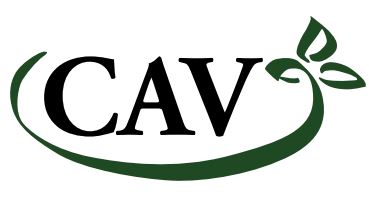“Celebrating” might not be the best word, but gardeners who tackle garden pest management are enthusiastic.
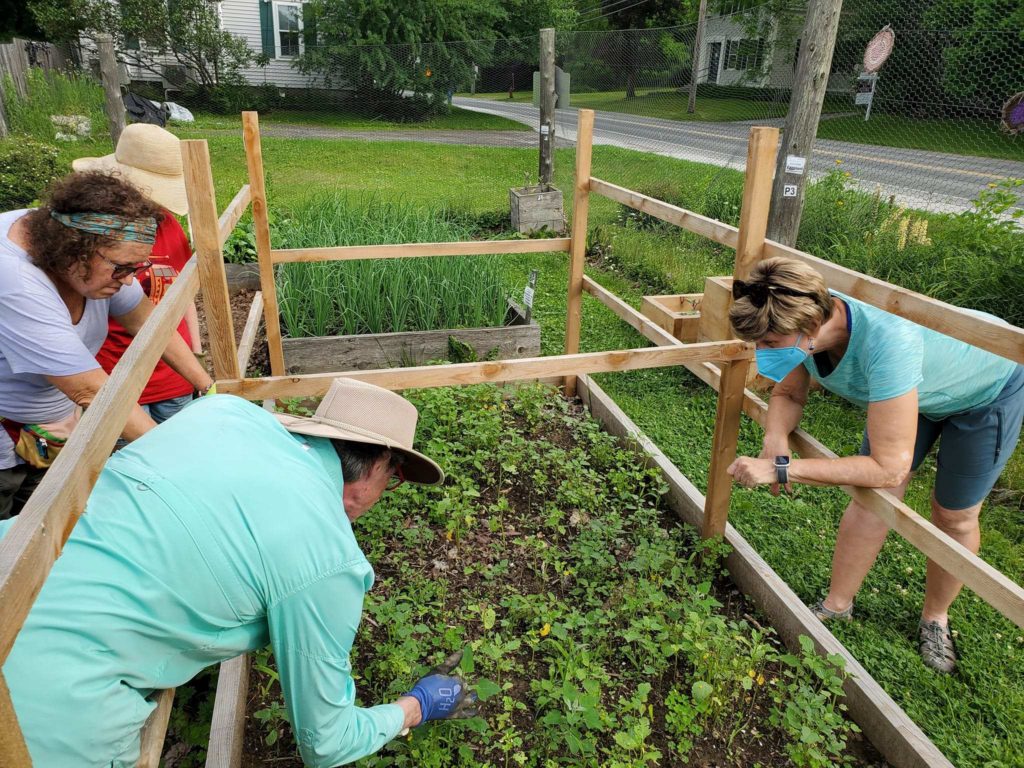
Tomatillos attract three-lined potato beetles. They’re easy to spot, but they’re fast and hard to catch. The pest team leader recommends H20 gloves, one of which is visible in the foreground, for squishing beetles. We get them at Guy’s Farm and Yard.
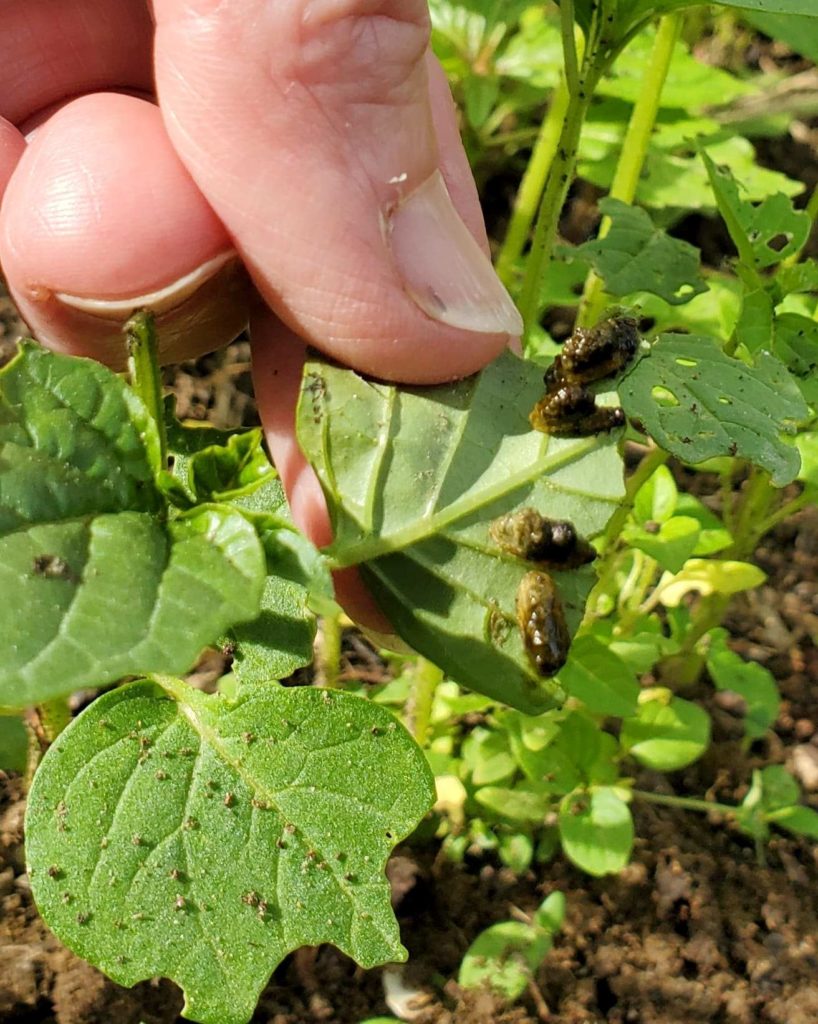
Not into squishing beetles between your fingers? Turn over all the leaves and remove beetle larvae, as shown here, and eggs into a jar of soapy water. An ounce of prevention and all that. Still, you might want to wear gloves. The larvae cover themselves in their own poop!
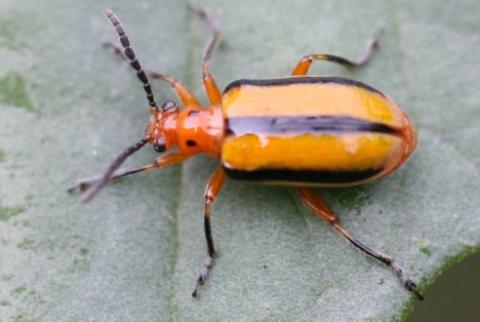
Here’s a look at the fast-moving three-lined potato beetle. This photo and more information are at the UNH Extension service.
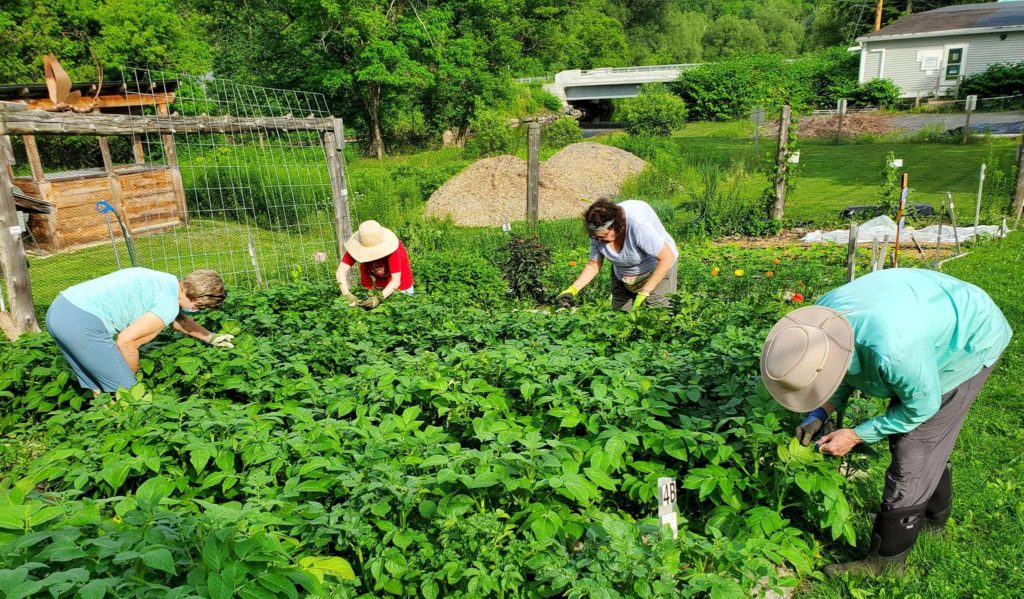
Gardeners scour the potato plants for beetles. There were both three-lined potato beetles and Colorado potato beetles. The latter are slow moving, so gardeners who prefer to trap pests in a jar of soapy water have a fighting chance. It’s important to check under leaves for eggs and larvae and dispose of both.
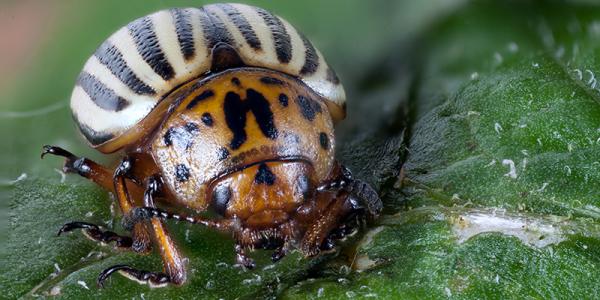
This Colorado potato beetle photo is courtesy of UVM Extension service, where more information is on their website. Stink bugs and lady beetles are natural predators of Colorado potato beetle eggs, according to the University of Minnesota Extension service, but “natural enemies have little impact on overall Colorado potato beetle numbers.” Neem oil is thought to be effective against potato beetles, but it may irritate gardeners’ skin. The Garden at 485 Elm leans in to manual pest removal for effectiveness, to save money, and to avoid the consequences of even natural and organic pest control methods.
